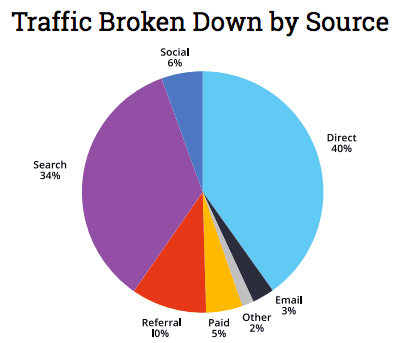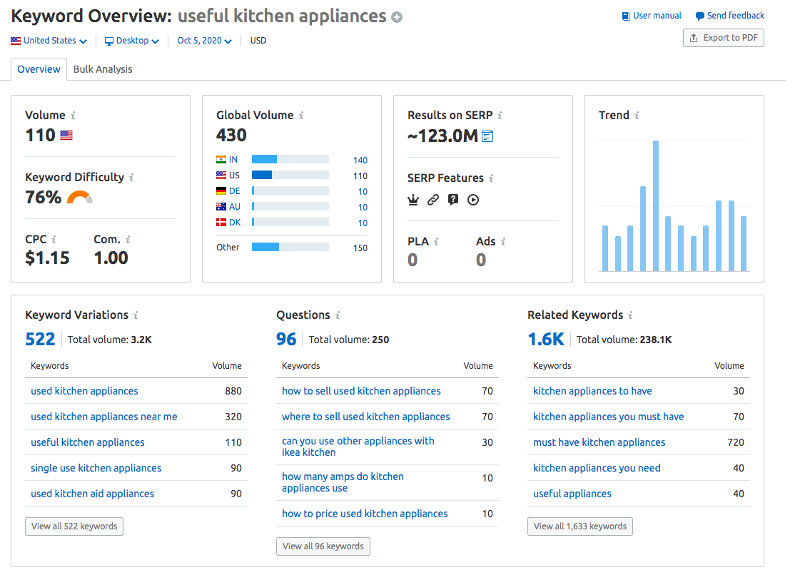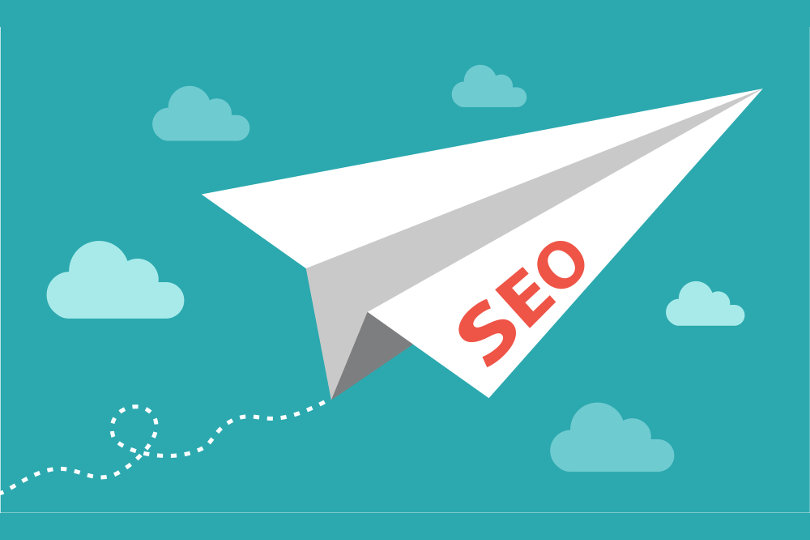Search Engine Optimization or SEO is the process of optimizing your website such that it ranks higher (preferably on the first page) of Google search results. SEO is something you must implement on your Shopify store because statistics show that 34% of revenue is generated from Google search. Hence, SEO is not something you can ignore.

Shopify is an SEO-friendly eCommerce platform out-of-the-box. However, there is a lot of scope for implementing more SEO techniques that will yield better results. If you are totally confused and overwhelmed by different SEO techniques, you are not alone. SEO may seem daunting to most, but when broken down into smaller tactics, it is not that difficult. Let’s look at some Shopify SEO tips to drive organic traffic to your eCommerce store.
1. Perform Keyword Research
When we use Google search, we tend to use certain keywords such as “latest trending winter clothes” or “buy winter coats for women”. On searching these keywords, Google shows up websites that are relevant to the keyword and search intent. To start with SEO, you need to research and find the set of keywords related to your Shopify store.
You should be targeting keywords that are both informational such as “useful kitchen appliances” as well as keywords with a purchase intent like “buy high power kitchen blender Melbourne”. You can use the former for optimizing your blog posts, while the latter can be used on your product pages.
You can find primary and secondary (long-tail keywords) for your Shopify website using Keyword research tools such as Ahrefs, SEMrush, or Ubersuggest.

2. Optimize On-Page Elements
For your products and content to show up on Google search results, it is important to optimize various on-page elements on your Shopify site for your target keywords:
- Titles: It is essential that you add your target keywords to the title so that both Google and users understand the context of your page. You must keep the title less than 60 characters so that it doesn’t get truncated. Also, make the title interesting and intriguing so that the users would want to click on your website and learn more.
- Meta descriptions: Meta tags refer to the brief description that shows up below the title under Google’s search results. It is again important to add your target keywords to the meta description and also make it curiosity-driven so that more and more users would want to click on your Shopify site link and learn about your products.

- URLs: You must add the target keywords to the URLs of your website so that it is meaningful and also helps Google to understand your web page content.
- Images: It is also important to add your target keywords to image alt texts for better rankings.
3. Optimize Shopify Site Content
Merely optimizing your title tags and URLs won’t help much. For SEO, creating high-quality content that is relevant to your target audience is of utmost importance. Hence, create a blog on your Shopify site and add relevant, high-quality content to your blog. You can create articles, videos, infographics, and various other types of content for your blog.
Creating consistent content and performing SEO for it is super important to help you gain rankings for your Shopify store. Most of your customers will discover your brand through Google search and will ultimately end up making frequent purchases from your website. Creating and putting out consistent, high-quality content and optimizing it for search engines is a time-consuming process. Hence, you may want to hire an SEO content agency to create an SEO content plan for your store which will yield fruitful results over time.
4. Reduce Website Speed
Increased website speed may drive away users and thus affect your Google rankings. Hence it is very important to reduce your website speed:
- Compress images before uploading.
- Minify CSS files through apps like Plug-in Speed Optimizer.
- Choose a theme that doesn’t slow down your site.
- Run your website through Google’s free Page Speed Insights tool and work on the recommendations given by Google.
5. Build Backlinks
Backlinks are nothing but links from other websites to your site. Backlinks are considered as one of the top three ranking factors according to Google. Hence you must focus on building high-quality backlinks to your store:
- Cold email outreach: Using keyword research tools, curate a list of websites who are linking to your competitors. Next, create better, more in-depth content than your competitors and reach out to the list of websites via email, asking them to link to your content.
- Guest blogging: Find and create a list of relevant, high domain authority websites in your industry that accept guest posts. Contribute blog posts to their websites and you can add a link back to your Shopify site either from the content or from the author bio.
- Create infographics: Infographics are one of the most shareable forms of content. Hence, invest in a good designer, create infographics around relevant content, and promote them heavily on social media. You’ll get tons of backlinks for your infographics.

Conclusion
Shopify is, no doubt, one of the best SEO-friendly eCommerce platforms out there. However, you must actively work on your website’s SEO to create a strong foundation of steady Google search visitors. Investing time and money in SEO is bound to yield consistent and profitable results for your Shopify store overtime.







